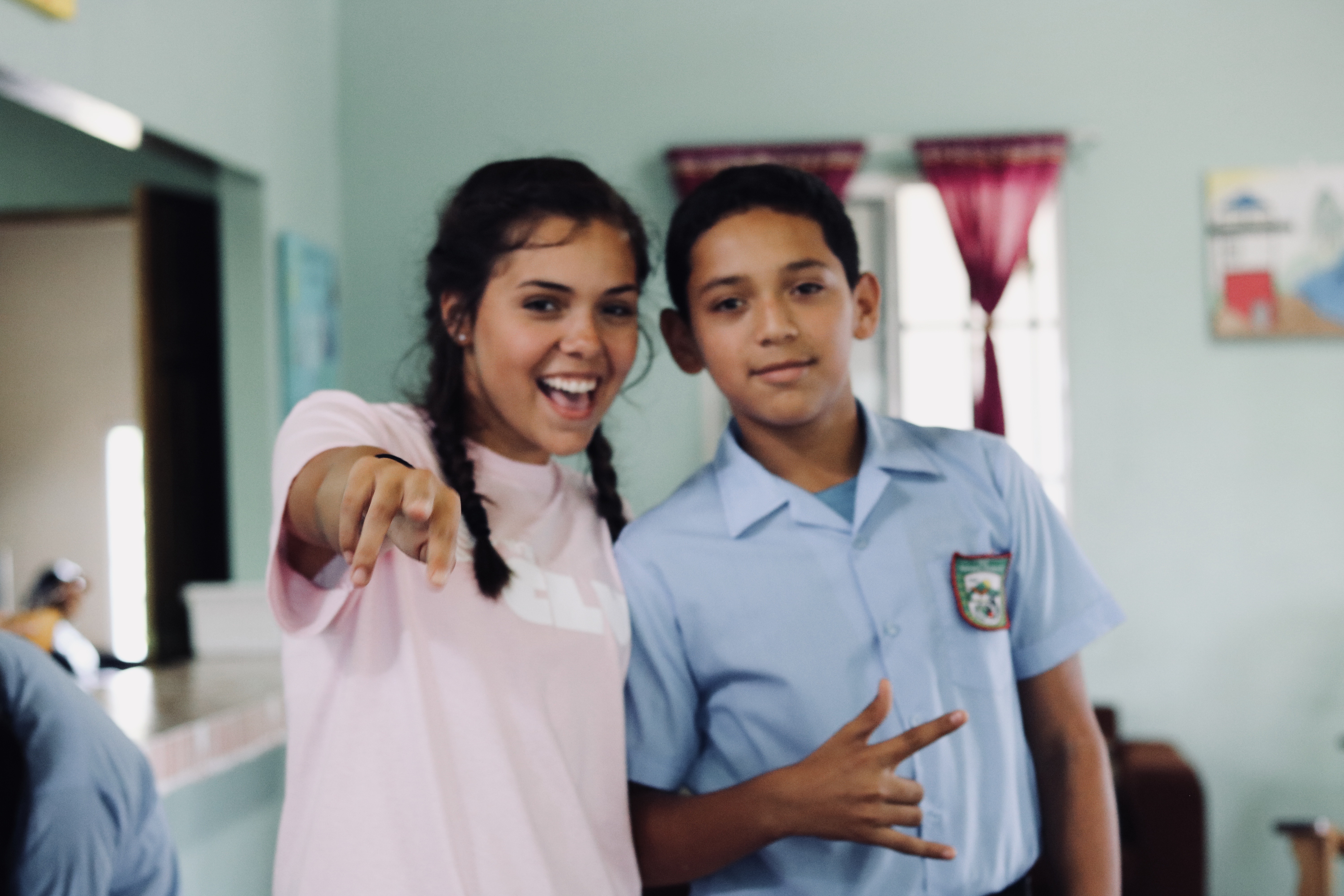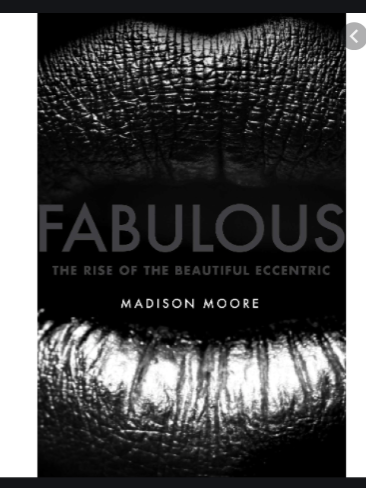One of the reasons I chose Richmond was their advertised programs that involved community service. I spent all my high school years volunteering with the boys & Girls Club then spent my last summer as Youth Development Professional working 40 hour work weeks with the kids. I wanted to be surrounded with the people who also valued community service as much as I did. When I came on campus, however, it didn’t really seem as involved as I imagined. Early on, though, I came across YouthLife and have since volunteered there twice a week, mentoring “at-risk youth.” Community service has been a passion of mine as I see the lessons and growth I have experienced.
Going to 6PIC reminded me a lot of going to the Boys & Girls Club everyday after school. Loving staff who aren’t there for the money rather for bettering the kids’ lives. Many of my mentors came from the Boys & Girls Club as they showed me such compassion and care for what they do. Presenting our projects encompassed our class as the space welcomes kids of any background and provided us with a great experience to get out of the bubble.
The points brought up by the volunteers at 6PIC added much value to our presentations and made me think more about my project. Something about the space made me feel more confident in standing up there to present. The feedback I was given standing up there made me realize how unique yet understated of a story I may have and that sharing it could resonate with many. It may be an identity that many people struggle with on a daily basis, so I feel like sharing my project could show that they’re not the only ones 🙂








